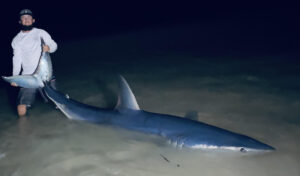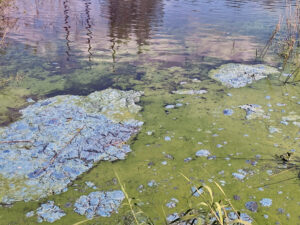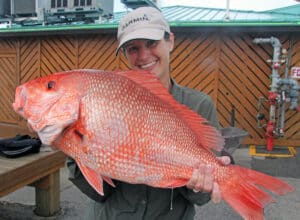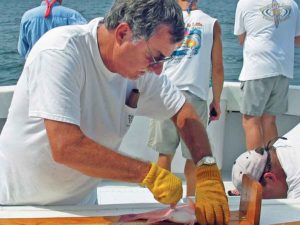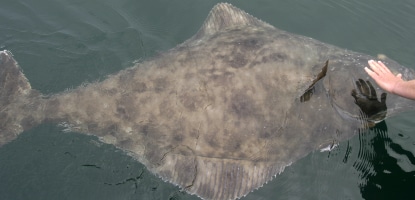
NPFMC votes to cut recreational quotas for Pacific halibut in Alaska
The North Pacific Fishery Management Council (NPFMC) has voted to slash the Pacific halibut catch of charter anglers in Alaska, according to a report on alaskadispatch.com. The council, one of eight regional councils established by the federal Magnuson Fishery Conservation and Management Act in 1976 (which has been renamed the Magnuson-Stevens Fishery Conservation and Management Act) to oversee management of the nation’s fisheries, is dominated by commercial interests. It voted 10 to 1 to reduce by about a quarter the allowable charter catch in south central Alaska and to cut the southeast Alaska catch by a third.
A similar council action was vetoed last year by the federal National Oceanic and Atmospheric Administration (NOAA), under which the NPFMC serves, after charter-boat skippers from coastal communities protested the lack of analysis of likely economic fallout in small, tourism-dependent towns, the report says.
Alaska Department of Fish and Game halibut biologist Scott Meyer said cuts of that size — which will not come until 2014 at the earliest — would almost certainly force bag-limit reductions in the halibut charter fishery, according to the alaskadispatch.com report. The report also indicated that tourism suffered greatly in the Alaskan panhandle when the charter halibut bag limits there were slashed from two fish to one** in 2009**.
Alaska Fish and Game Commissioner Cora Campbell offered no objection to new cuts when the council took up the issue last week, alaskadispatch.com reported.
South central communities have mainly suffered because of cuts in the commercial fishery tied to unexplained declines in halibut in the North Pacific. Soaring prices for commercially caught halibut have only partially offset the financial losses to those commercial fishermen faced with steadily shrinking catch quotas. Angry about the losses, they lobbied the council to cut charter catches to force the charter businesses to “share the pain” of conservation. The charters catch less than 20 percent of the halibut, but they have been fishing under a fixed-guideline harvest level. The result has been that their percentage of the overall catch has increased as the commercial catch has fallen, according to the report.
The changes approved by the council are designed to take some of that increased percentage away from the charters and give it back to commercial interests.
Charter-boat skippers say they are going to continue to push for an economic analysis of the proposed changes in the fishery. Both charter operators and recreational fishermen have repeatedly complained to elected officials that they lack fair representation on the NPFMC. One of the 11 votes on the council is reserved for a sport-fishing representative.

